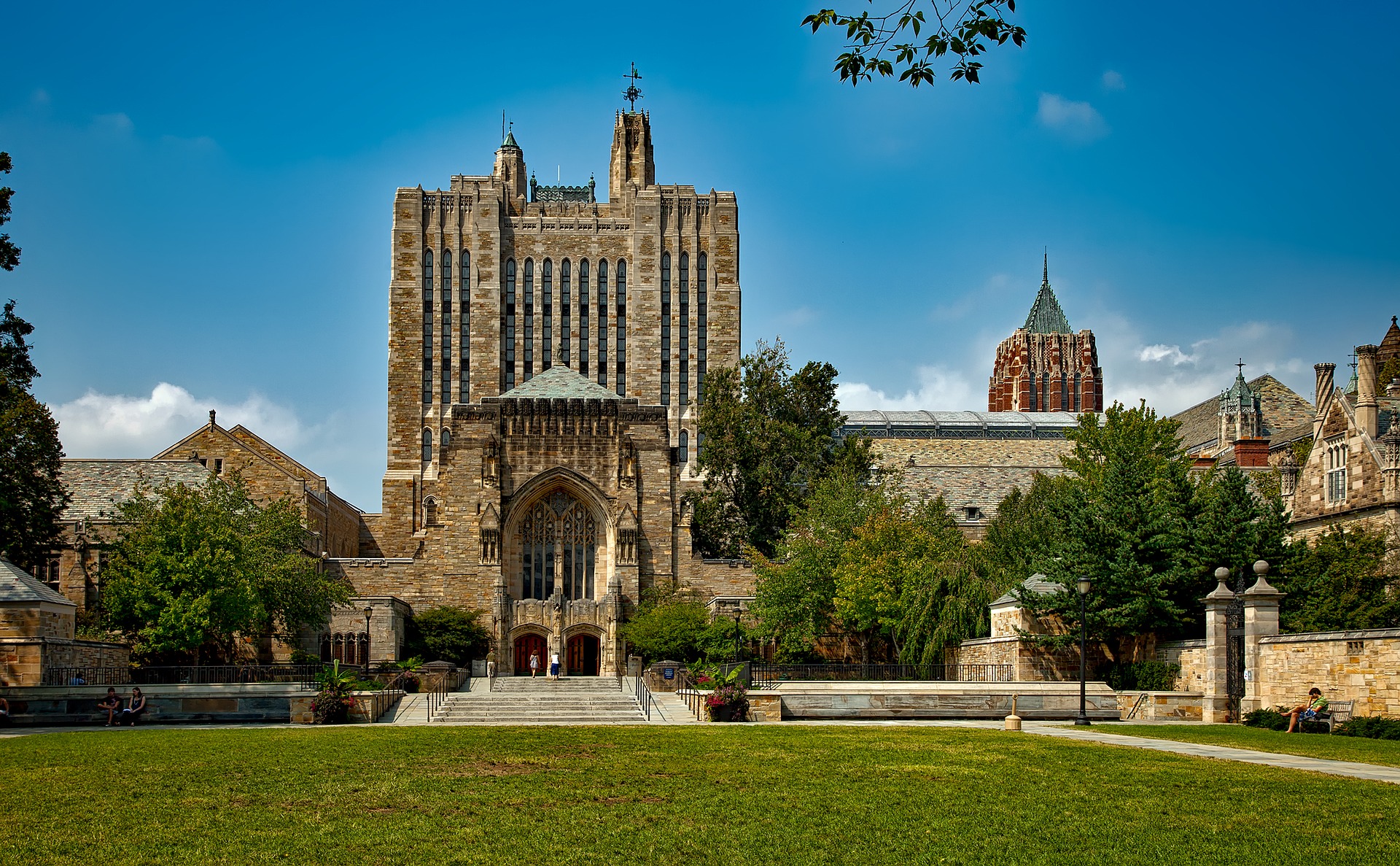American universities welcome you
For years, America has enjoyed a healthy population of foreign students coming to the United States for top-notch educations. Some of the world’s most brilliant minds have been educated in U.S. colleges, pursuing their futures while helping to contribute to the academic and economic well-being of the country.
The creation of the U.S. Department of Homeland Security and changes to immigration laws saw a temporary decline in foreign-student enrollment from 2001 to 2004. The tightening up of the immigration process introduced more stringent procedures for issuing visas, more entry denials, and lengthier processing times. However, improvements in both government procedures and school recruiting efforts seems to have made a positive improvement. Though there are still problems to work out, the U.S. government wants its efforts to improve visa procedures and immigration policies in order to give a clear message to foreign students: America welcomes you and encourages you to apply to and enroll in American universities and colleges.
Getting to a U.S. college from where you are
If you want to attend a U.S. college, you have to get permission from the U.S. government first. This requires several things: you must be healthy, law abiding, financially self-sufficient, and prepared to leave once you have completed your studies. Because you are not a U.S. citizen, your stay here is considered temporary. Unless you have stated otherwise, your goal in coming here is not to pursue U.S. citizenship, but to pursue an education.
Normally, foreign students enrolling in American colleges are admitted with one of two types of student visas: an F-1 visa for students enrolled full-time in an academic or language training program, or an M-1 visa for students attending a full-time vocational or trade school. With an F-1 visa, you’re probably attending a college, university, seminary, conservatory, or academic high school. The type of visa that you apply for is very important as each type has specific limitations, including the length of time it is valid. If you are planning to come to the United States as an exchange student at a U.S.A. university, then you’ll need to apply for a third type of student visa, a J-1.
Depending on your nationality and the course of study you’re pursuing, you may be subject to a longer background security check and background clearance known as the Visa Mantis. The primary purpose of Visa Mantis checks is to prevent the distribution or proliferation of certain forms of weapons and science technologies.
Getting an F-1 or an M-1 visa to study at colleges in the U.S.
The rules and regulations governing the entrance of international students into the U.S. for studies in American universities are somewhat complicated, but there are a few basics:
- You need to apply and enroll in a full-time academic, language-training, or vocational program before you apply for your visa. You’ll need to be able to tell the consulate what school you’ll be attending.
- The school you’re attending must be approved by the U.S. Department of Homeland Security (DHS).
- You must be proficient in English or be enrolled in courses that will enable you to become proficient in the language.
- You must have proof that you have adequate financial resources to support you while you are living in the United States.
- You must have proof that you have a permanent residence abroad.
Once you’re accepted at a U.S.A. university or college, the school will enter your information into the Student and Exchange Visitor Information System (SEVIS), which maintains information on non-immigrant students, exchange visitors, and their dependents. SEVIS is administered by the Bureau of Immigration and Customs Enforcement (within the DHS). The school will then provide you with a SEVIS-generated Form I-20 (or Certification of Eligibility for Non-Immigrant Student Status, for Academic/Language Students).
The I-20 form will include the anticipated date of your completion of the program under normal circumstances. This is important because it dictates how long your visa will be valid. You may get more than one of these if you’re accepted by more than one school, but you should know there is a processing fee that you must pay to the U.S. Department of Homeland Security for EACH I-20 that is issued on your behalf.
To apply for a visa to study at colleges in the U.S., you will need to contact the U.S. Embassy nearest you to set up an appointment. You should bring:
- the I-20 form for the school you will attend
- your visa application—forms DS-156, DS-158, and DS-157 (if applicable)
- a valid passport
- a 2×2 photograph
- financial support documents
- documents that establish ties to your local community
- fee receipts for the visa application, I-20 form, and visa issuance (if applicable)
In many cases, regardless of your nationality or religion, you may be required to attend an interview before a visa will be issued to you. Before they issue you a visa to attend a U.S. college, the consulate must feel confident that you have every intention of returning to your native country after you’ve finished your studies.
Keep in mind—even with these things in place, you may not get a visa. Paperwork requirements for visas of all types are reviewed very thoroughly. The slightest error or inconsistency could get you turned down.
A note about attending high school in the U.S.
If you’re planning to attend public high school (grades 9–12) in the United States with a student-status visa (F-1), you’ll need to be able to prove that you have reimbursed the local school district in advance for the unsubsidized per-capita cost of the education. With an F-1 visa, you cannot attend public high school in the U.S. for more than one year, nor can you attend a public elementary or middle school or a publicly-funded adult education program in the United States. If you are planning to enter the country as an exchange student, you need to apply for a J-1 visa.
Need professional help assembling your application? Try Big Envelope from Essay Edge. Our application pros will help with essay editing, messaging, and overall strategy to help you get into your top schools.



